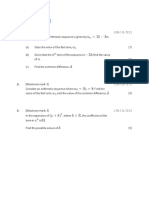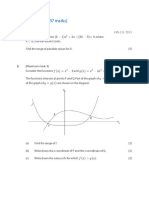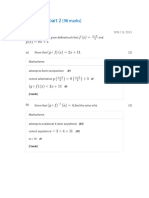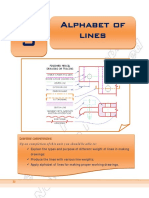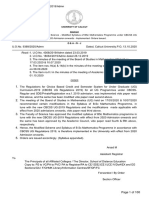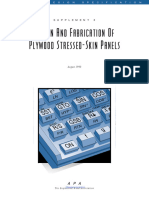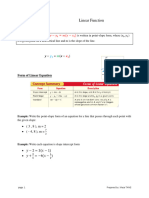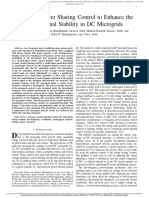0% found this document useful (0 votes)
56 views16 pagesRational Functions Questions
The document contains a series of mathematical problems related to rational functions, transformations, asymptotes, and graphing. Each problem includes various tasks such as finding ranges, inverse functions, and intersections of graphs, with specific marks allocated for each part. The problems are structured to assess understanding of function behavior and graphical representation.
Uploaded by
thebffs152Copyright
© © All Rights Reserved
We take content rights seriously. If you suspect this is your content, claim it here.
Available Formats
Download as PDF, TXT or read online on Scribd
0% found this document useful (0 votes)
56 views16 pagesRational Functions Questions
The document contains a series of mathematical problems related to rational functions, transformations, asymptotes, and graphing. Each problem includes various tasks such as finding ranges, inverse functions, and intersections of graphs, with specific marks allocated for each part. The problems are structured to assess understanding of function behavior and graphical representation.
Uploaded by
thebffs152Copyright
© © All Rights Reserved
We take content rights seriously. If you suspect this is your content, claim it here.
Available Formats
Download as PDF, TXT or read online on Scribd
/ 16
